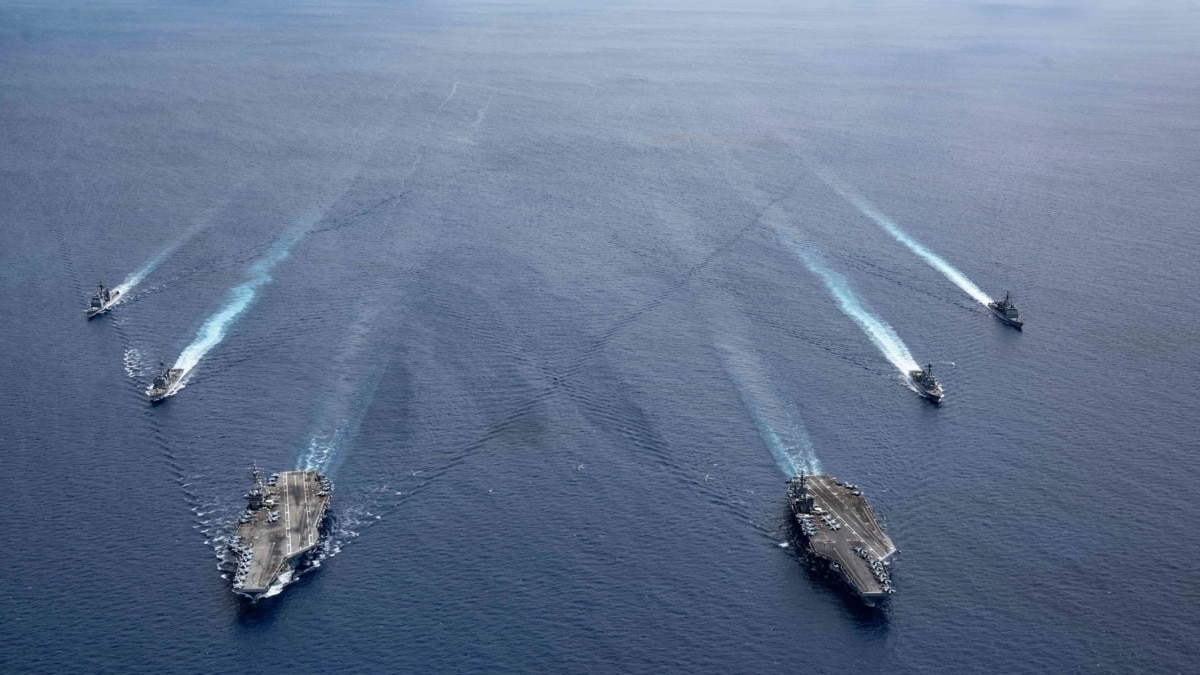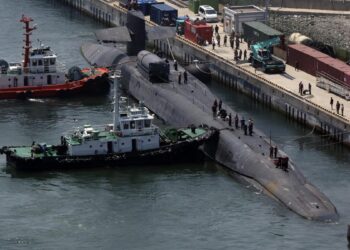The present strategic debate is on whether the Covid-19 epidemic is speeding existing geopolitical tendencies or producing trends for new world order. Because the global crisis is still developing, it is too early to provide a firm solution. It has caused national leaders to become more inward-looking and to burrow down in survival mode. Individual countries, confident in their ability to overcome this obstacle, see a strategic advantage to exploit in comparison to other suffering countries, while maintaining concern that the tables may be turned against them during the pandemic’s next surge.
Political churn produced by it indicates that the form of emergent decision-structures will influence the character of the global community’s reaction to the diverse set of issues it faces. The international context is characterized by rising distrust among major countries, with limited prospects for global collaboration, as opposed to earlier pandemics.

The South China Sea, which covers approximately 3.5 million square kilometres, has grown in strategic importance as the global geopolitical and geoeconomics centre of gravity has shifted towards Asia in recent decades; it is surrounded by ASEAN states, China, and Taiwan, and it hosts shipping routes, fish stocks, hydrocarbon reserves, and rich biodiversity. Over 250 tiny islands, atolls, cays, shoals, reefs, and sandbars dot the South China Sea, many of which are naturally underwater at high tide and some of which are permanently submerged. The Spratly Islands, Paracel Islands, and Pratas Islands, as well as Macclesfield’s Bank and Scarborough Shoal, are among the features.
Although various coastal governments have made conflicting claims, China — and Taiwan (as its precursor state) — have also claimed, with deliberate ambiguity, both “historic seas” and “historic titles” in relation to the South China Sea islands and other features. These dashes, expressed as “9 dash lines” (by China) and “11 dash lines” (by Taiwan) and spanning approximately 90% of the South China Sea’s surface, were originally displayed on an internal Chinese map in 1947 and, subsequently, in 1949 following the foundation of the People’s Republic. The regional geopolitical drivers are China’s attempts to break through the US “first island chain” strategy, as well as reclamation and militarization of Chinese-controlled land features to alter the regional balance of power, and ASEAN’s goal of being in the “driving seat” of a regional security architecture.
The 2016 UNCLOS tribunal findings put China on the defensive and, more recently, on the offensive; as a result, it declared that the Spratlys‘ reclamation activities were over, despite the fact that it continues to beef up its military infrastructure on the land features in the Spratlys and Paracels. China’s constant shifting of “facts on the ground” is shifting the balance of power through increased loiter time for its naval and aircraft platforms for force projection, as well as its enhanced maritime domain awareness capabilities across the area.

Littoral countries have shown opposition to China’s policy, as seen by the regularity with which they have clashed. The United States “pivot” to Asia comprises increased involvement, particularly military and security cooperation, with other stakeholder countries. The US’s expanding presence has also resulted in repeated “unsafe” confrontations with China, as well as the performance of “freedom of navigation” (FONOPs) sailings to dispute excessive Chinese maritime claims that it considers non-UNCLOS compliant. As a result, regional tensions and geopolitical instability are rising. The United States has chastised China for exploiting other nations’ pandemic-related internal distractions. Due to internal fractures caused by Chinese influence, these uncertainties are also putting the ‘ASEAN approach’ of dealing with regional crises to the test. Chinese regional diplomacy has exploited infrastructural development in tandem with military posturing.

India’s strategic interest in developing as a result of its strong economic and political ties with Southeast Asian countries, as well as worries about the safety of the sea lanes. PM Modi delivered a powerful address at the 2018 Shangri-La Dialogue presenting a vision for a free, open, inclusive, and rules-based Indo-Pacific region, which was warmly praised, even by China. It was expanded into the India-Pacific Oceans Initiative. In addition to engaging in ASEAN-led organizations, it is an active participant in the Quadrilateral Dialogue (the United States, India, Japan, and Australia) in pursuit of its greater Indo-Pacific agenda. In 2019, India conducted a six-day sailing in the South China Sea with the US, Japan, and the Philippines as part of its multilateral diplomacy. India remains attentive to ASEAN and littoral nations’ concerns about regional strategic stability.
Also Read: Sweden: First female PM resigns on day one of the office.
















